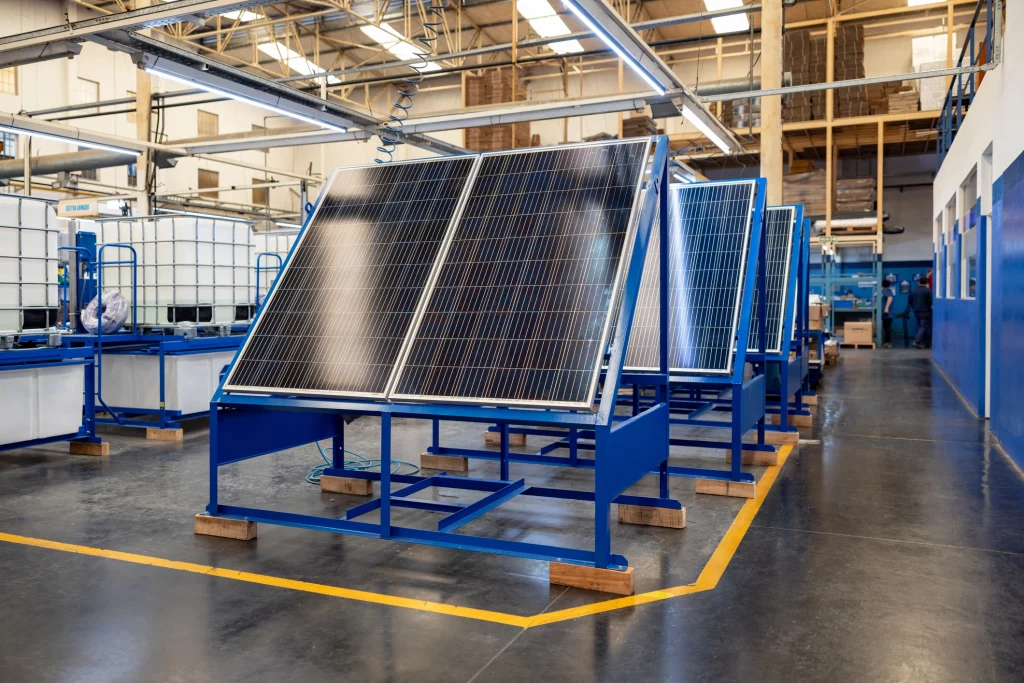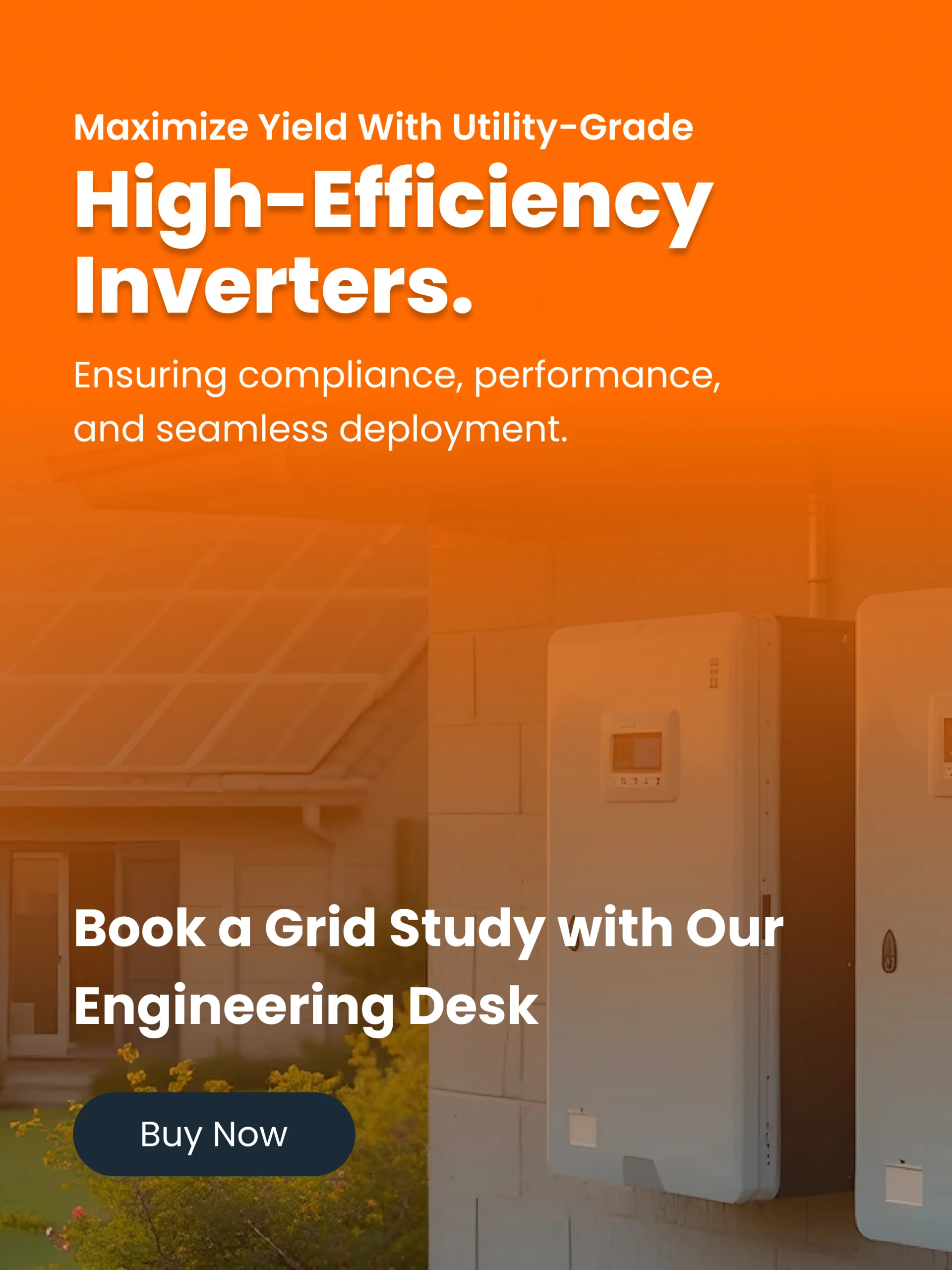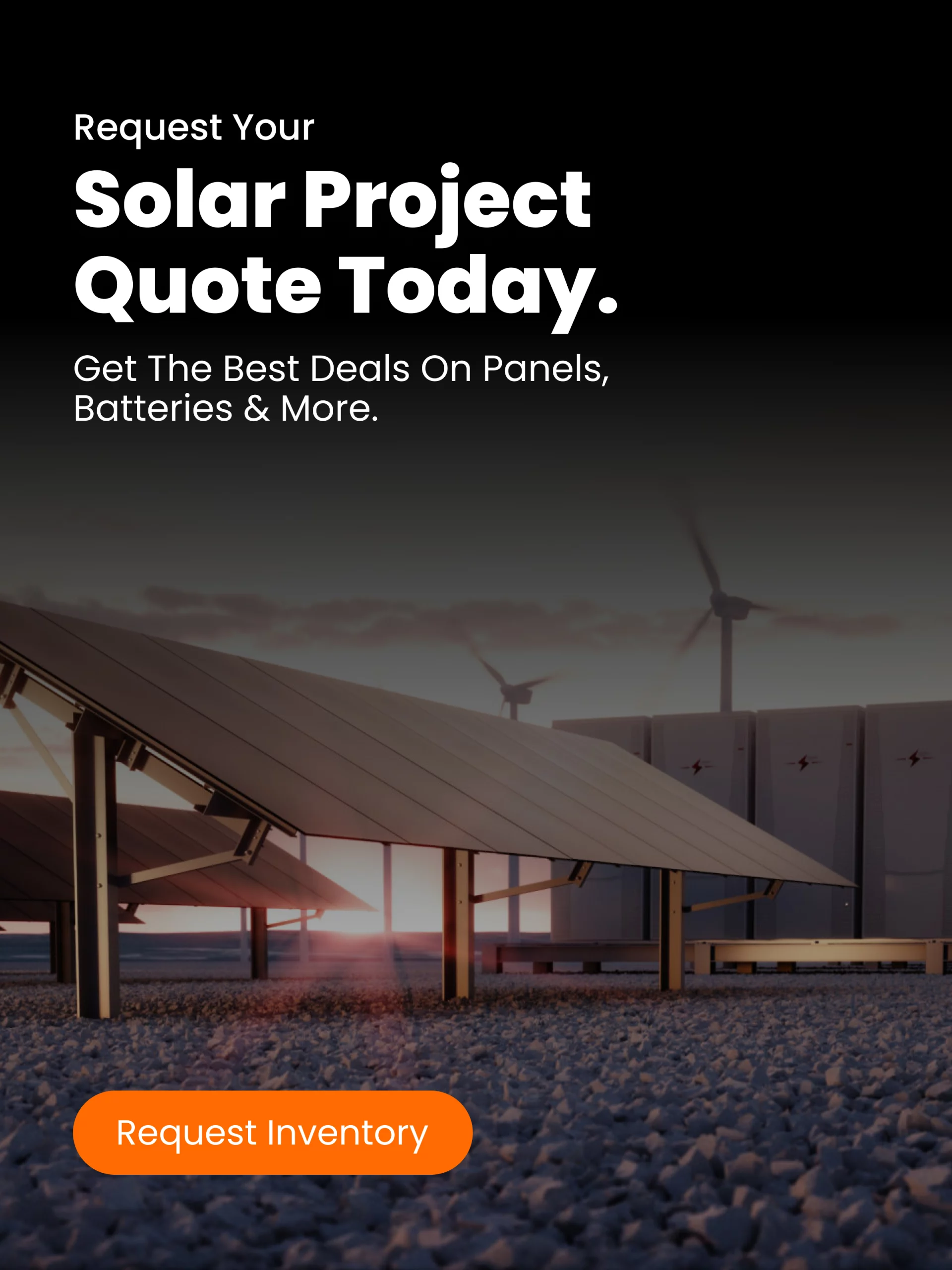Solar panels are central to the clean energy transition, but like most green technologies, there are behind-the-scenes trade-offs. Solar panel manufacturing involves complex processes, material supply chains, and rigorous durability needs. In this post, we dive into how solar panels are built, the challenges manufacturers face, and promising opportunities, especially innovations that aim to make panels more efficient, affordable, and sustainable.
The basics: from raw materials to finished solar panels
To understand where costs and challenges arise, it helps to break down the solar panel manufacturing process into phases.
Solar cell production (the foundation)
Though Laserax’s article assumes the solar cell stage is mostly “complete,” it’s useful to know what happens there, because what you do at this stage impacts all subsequent steps:
- Solar cells are made from crystalline silicon (monocrystalline or polycrystalline), or via thin-film materials (e.g. cadmium telluride, CIGS, amorphous silicon).
- Cells are doped, textured, coated to optimize light absorption, and fitted with busbars (conductive metal strips) to collect current.
- Newer cell technologies like TOPCon (Tunnel Oxide Passivated Contact), heterojunction (HJT), and multi-junction (silicon + perovskite) are pushing efficiency higher. These aim to reduce losses from reflection, resistive heating, etc.
Assembling cells into modules (solar modules)
Once solar cells are produced, the module assembly stage turns them into usable PV modules:
- Connection and stringing: Cells are arranged, aligned, and soldered (or welded) together in strings or grids depending on desired voltage/current output. Number of busbars and string layout impact efficiency and shading resilience.
- Encapsulation: Encapsulant materials such as ethylene-vinyl acetate (EVA) are used between cells and protective layers to shield from moisture, dust, and UV exposure. EVA must adhere well and maintain clarity over decades.
- Protective layers: Tempered glass on the front, durable back sheets, often with UV- and weather-resistant coatings, to protect against physical and environmental damage. Edges are sealed to prevent water ingress.
Completing the panel
Final steps before the solar panel is ready to install:
- A mounting frame (usually aluminum) is attached, which helps structural rigidity, mounting compatibility, and helps with heat dissipation.
- A junction box with bypass diodes is installed on the back. Bypass diodes help avoid losses when parts of a module are shaded (clouds, debris, etc.), and protect against damage from such shading which can create hot-spots.
- Quality testing: Panels are tested for performance (output under standard test conditions), mechanical stress (wind, hail), temperature cycling, etc. Only after passing these is the panel shipped.
Manufacturing challenges: what slows things down and drives costs
Producing panels at scale, with high quality and long lifespans, isn’t easy. Some of the major hurdles include:
Efficiency vs cost trade-off
- As per Laserax, in the past decade solar PV production costs have dropped by roughly 90%.
- However, achieving higher module efficiency (more power per square meter) usually increases material, processing, and precision demands. Technologies like TOPCon, HJT, multi-junction may be more efficient, but they often require more complex manufacturing steps, expensive coatings or layers, and tighter cleanliness and processing tolerances.
Durability and weather resistance issues
- Panels need to survive harsh climates: high heat, freezing cold, heavy snow, moisture, dust, hail storms, UV exposure, etc. All of these stress the materials. Over time, edges degrade, coatings yellow, adhesives fail, microcracks form. Manufacturers are increasingly using self-cleaning nano-coatings, more robust glass, and hybrid materials to extend lifespan.
- Manufacturers also try to engineer for low degradation: many panels today have warranties that guarantee say ~25-30 years of usable performance, but real world performance depends on material quality, installation, and environment.
Manufacturing bottlenecks and supply chain constraints
- Key raw materials like polysilicon, silver, copper, aluminum, and certain specialty coatings are often produced in a limited number of countries. This concentration leads to risk: tariffs, trade restrictions, logistics delays.
- Technical precision: slicing silicon ingots into wafers, texturing, doping, depositions, and coating require careful process control. Scaling up production capacity while maintaining quality is nontrivial. Automated and AI‐assisted quality control becomes more important.
Sustainability concerns
- Manufacturing solar panels uses energy, water, and sometimes hazardous chemicals. Proper environmental control, solvent choices, recycling of scrap and end-of-life panels are important.
- The amount of water needed for cleaning, wafer processing, and cooling is large in some plants, which can be an issue in water-scarce regions.
- Reusing or recycling materials (glass, metal conductors, silicon) is increasingly necessary to reduce environmental impact and material supply risks. Laser cleaning and other non-contact cleaning methods (which produce less waste) are emerging.
Opportunities & innovations: what’s helping make things better
Despite the challenges, there are many innovations and improvements underway that promise to improve solar panel manufacturing and performance, particularly in cost, sustainability, and reliability.
Laser technologies & automation
- Laserax highlights laser edge deletion, laser cleaning, laser texturing, and other laser processes helping to reduce waste, increase precision, and improve recyclability.
- Automation and AI quality control can detect defects early, optimize production yield, and reduce scrap. That means fewer panels discarded or underperforming.
Alternative materials & contacts
- Because silver is expensive and less abundant, switching to copper paste or other conductive metals for contacts is a trend. Copper is cheaper and more abundant, though processing with copper has its own technical challenges (corrosion, conductivity losses) which manufacturers are tackling.
- Hybrid technologies: combining crystalline silicon with perovskite layers (for example in multi-junction cells) is showing promise for boosting efficiency, especially in early and mid-life module performance. These combinations could deliver more watts per area without drastically raising cost.
Recycling & sustainability practices
- Recycled materials are increasingly used, especially for glass, aluminum, and to some extent silicon. Recycling PV panels (end-of-life) is projected by agencies like IEA to help meet material demand and reduce environmental footprint.
- Cleaner manufacturing processes: the use of green or solvent-free treatments, non-contact techniques (laser cleaning), and reduced use of harmful materials (PFAS concerns) are gaining attention.
Weather/humidity/coating improvements
- Better coatings: UV stable, hydrophobic (water repelling), self-cleaning surfaces to maintain panel output in harsh climates (dust, sand, snow).
- Enhanced frame and edge sealing designs to prevent moisture ingress and corrosion.
What this means for solar users & installers
For people buying solar panels, installing them, or integrating them into larger systems (homes, businesses, utilities), these manufacturing changes matter in several ways:
- Higher efficiency => more power from the same roof space. If you have limited roof or land, more efficient panels mean you need fewer or smaller panels.
- Durability matters. Panels that degrade slower save money long term; warranties matter: look for panels with 25-30 year performance guarantees, good frame warranties (wind, snow, hail), and reputable brands.
- Cost stability: supply chain advances and material substitutions (e.g. silver → copper) may help stabilize or lower costs, but trade/tariff risks remain.
- Environmental impact: recycled and more sustainably produced panels are increasingly available. For buyers concerned with sustainability, these features may influence purchasing decisions.
Current stats & market data (as of mid-2025)
To give you some context, here are several verified facts/trends relevant now:
- Solar PV module manufacturing costs have dropped ~90% over the past decade.
- New cell technologies (TOPCon, HJT) are being adopted more broadly; some manufacturers are achieving module efficiencies in the mid-20% range under standard test conditions.
- The demand for silver in PV is significant, but silver-use reductions via copper contacts are increasing to mitigate cost and supply risk.
- Recycling programs are expanding: in some regions, laws are being put into place to require solar module recycling at end-of-life.
Final thoughts: balancing quality, cost, and sustainability
Manufacturing solar panels well involves balancing competing priorities:
- Efficiency vs affordability: The better your panel at converting sunlight, usually the higher the cost but you get more energy over time.
- Durability vs materials cost: More robust panels resist environmental stress but may cost more up front.
- Sustainability vs scale: Larger scale production tends to use more resources, but innovations in recycling, alternative materials, and cleaner processes can offset those impacts.
If you’re a homeowner, installer, or buyer, here’s a quick checklist to help you choose panels likely to deliver long lifetime value:
- Check efficiency ratings, and what technologies are used (mono-silicon, perovskite hybrids, etc.).
- Review warranties – performance guarantees (often 25 years), frame and seal warranties.
- Ask about build quality – glass type, busbar count, panel laminates, frame robustness, etc.
- Look for sustainability credentials – recycled materials, low-hazard coatings, recognized certifications.
- Consider total system cost, including degradation, replacement, maintenance.




